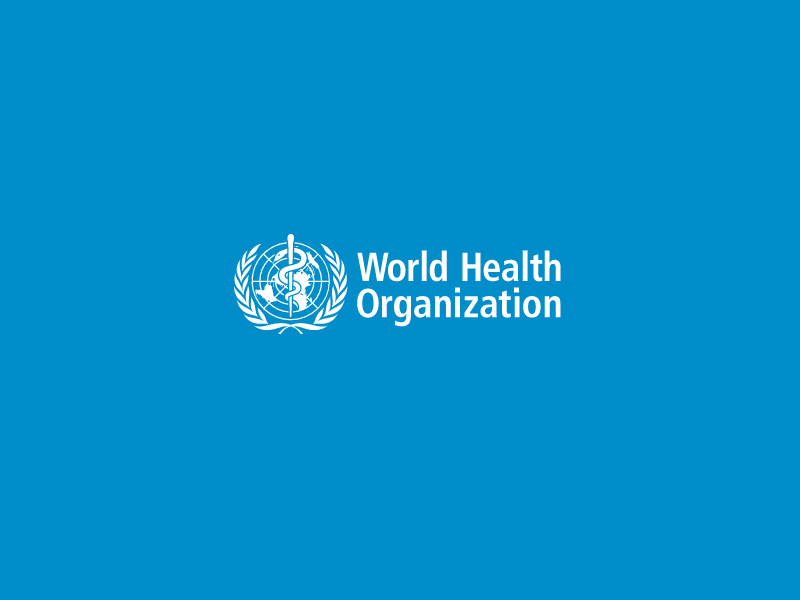
The key observations and recommendations indicated below represent the consensus achieved by the national experts at the meeting and do not necessarily reflect those of WHO. Global WHO guidance is available if needed.
The current situation : Sri Lanka
The Experts noted with great concern the current surge in COVID-19, nearly overwhelming the capacity of the health systems to provide the required adequate care for the people. The trends given below indicate that Sri Lanka could soon face a health crisis of unprecedented proportions.
- Sri Lanka is showing a rapid increase in daily reported number of cases and deaths (111 deaths reported on 09 August 2021 representing a doubling of deaths in a short space of time).
- Bed occupancy rates at all levels of care facilities (over 85%) and ICU’s (over 90%) have increased progressively and is now in full capacity. Patients dependent on oxygen have significantly increased from 528 last week to 646 patients yesterday. If this trend continues, there is inevitability of a serious shortage of oxygen supply and interruption of care.
- Many areas of the country show a high PCR test positivity rate of over 20%.
- As of 31 July 2021, more than 60% of sequenced samples are Delta variant, which is highly transmissible with shorter incubation period. It is now the dominant variant in Western Province and will soon spread to other areas. Delta variant spreads rapidly as has been shown in several countries. The crisis will be magnified once Delta variant has spread countrywide because most of the other provinces are not as well vaccinated as the Western province.
- For the vaccine that is used most widely, community vaccination will take 2-3 weeks after the second dose to provide adequate protection from severe disease and death. As of 09 August, less than 15% of the population is fully vaccinated. The newly vaccinated, single-dose vaccinated or unvaccinated groups are at very high risk of severe illness and it is very likely that there will be further increase of cases and deaths, particularly in densely populated areas.
- Significant number of health workers are getting infected with a consequent pressure for curtailment and closure of services. All indications are that the staff are exhausted and struggling.
- Amidst this situation, there is sustained high level of mobility and social mixing among population despite the nationwide restrictions (Oxford ‘Stringency Index’ was 85% (i.e. very effective restrictions in movement) in May, 49% in July and 29% by this week (i.e. dangerously low levels of movement restrictions).
- The figure given in the Appendix and linked pdf shows a very clear inverse relationship between Sri Lanka’s stringency index value (black line) and the number of cases and deaths brown areas.
The Projection
The Monash University, Australia in collaboration with WHO SEAR and Sri Lanka County Office did some projections on notified cases and deaths using the MoH Epidemiology Unit data. The projections assumed that 50% will be fully vaccinated by end of August 2021. The details are given in Appendix 2. In summary:
- At current levels of mobility restrictions, the number of cases would increase up to mid-September at 6,000 cases/ day, deaths up to early October coming to a peak at around 220 deaths/day. ICU admission will peak at around 275 by early October with cumulative deaths around 30,000 by Jan 2022. But note that since we have not yet achieved the vaccine coverage assumed in the model, the projections are an under-estimate.
- At increased levels of stringency (similar to May-June 2021) for 4 weeks, the country will have less numbers of cases of around 1,000 /day, deaths less than 25 /day and ICU care to less than 25 /day (by October 2021) and avert 18,000 deaths by Jan 2022.
Recommendations:
We need to ACT NOW.
Our urgent priority is to SAVE LIVES. Sri Lanka will avert about 18,000 deaths by Jan 2022 if the level of stringency is immediately increased similar to May 2021 for 4 weeks.
This will give the required time to accelerate vaccination and achieve the level of protection following the second dose of vaccines; as well as for the health system to recover from the overwhelming case load.
Immediate actions are crucial and critical because it takes a few weeks before measures show a positive impact on the number of infections and hospital admissions. Any delay in implementation will lead to increase in deaths and will require even more stringent measures with longer duration to regain control.
More detailed recommendations are that Sri Lanka should:
- Strictly enforce movement restrictions, including inter-district travel except for essential services. The effective implementation of these measures may require the enforcement of a curfew for a short period, in large geographic areas or nationally.
- Restrict /cancel all public events for 3 weeks.
- Provide care and protect the health workers and augment staffing in hospitals to minimize disruption of essential health services.
- Develop and implement an effective communication plan to engage the public and to update them on the control measures.
- Accurate reporting of both cases and deaths to get a better picture of the ground situation. May also use proxy indicators such as observed Test Positivity Rate (TPR), trends measured using weekly moving averages and time series analysis, mobility data, etc.
- Prioritize to vaccinate all those over 60 years old and those with co-morbidities, preferably with Pfizer, Moderna or Astra Zeneca because even a single dose of these vaccines provides some degree of protection until the second dose is given.
Read More: who.int



